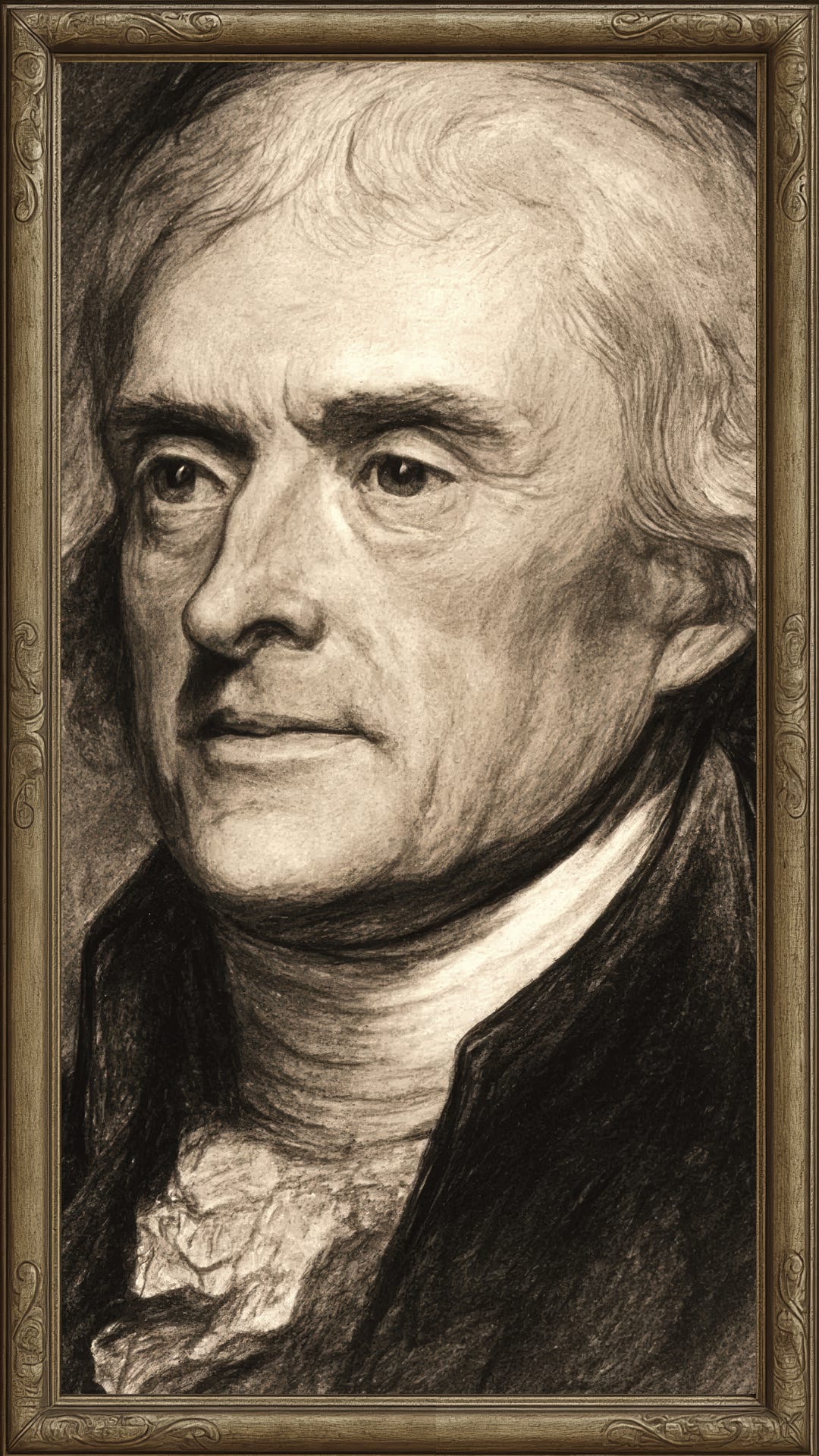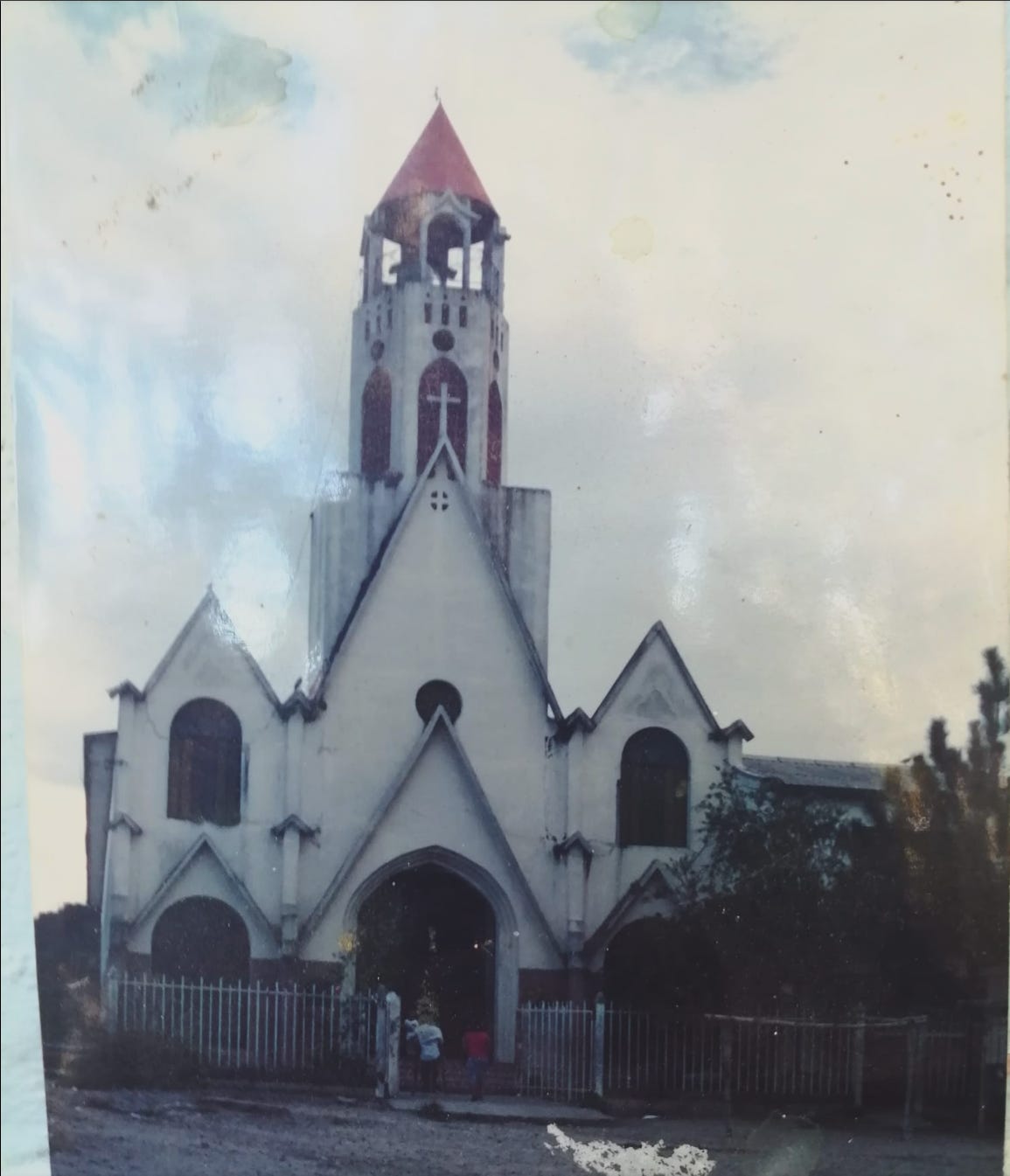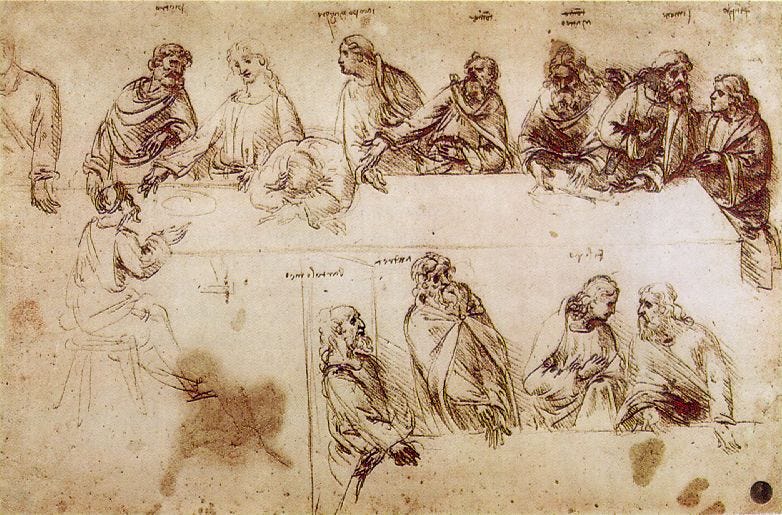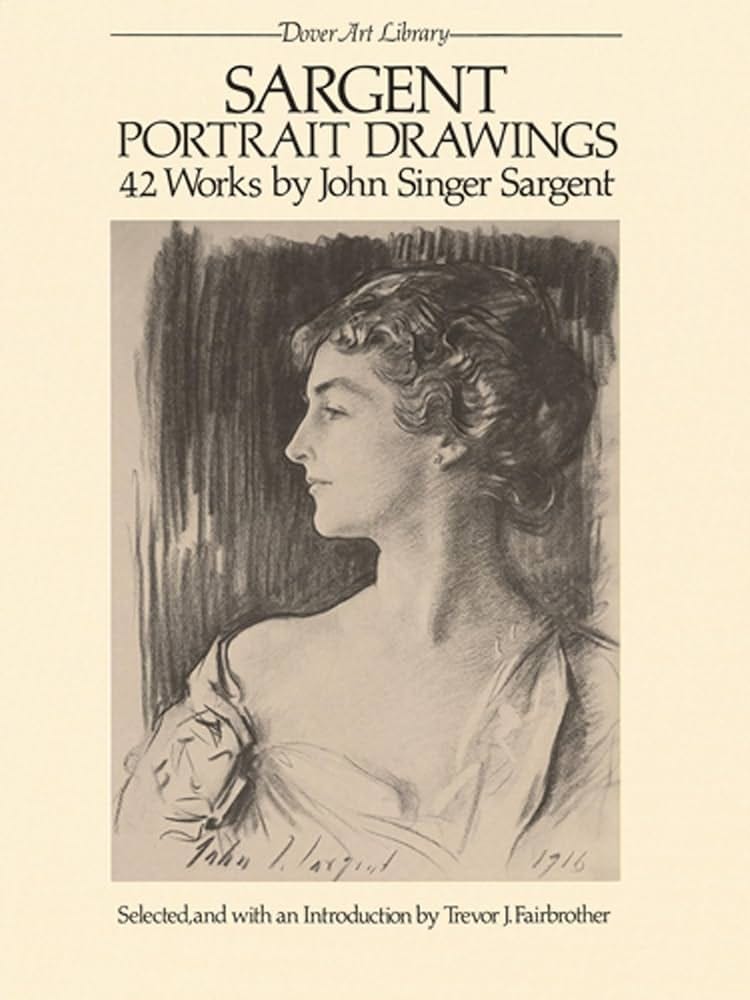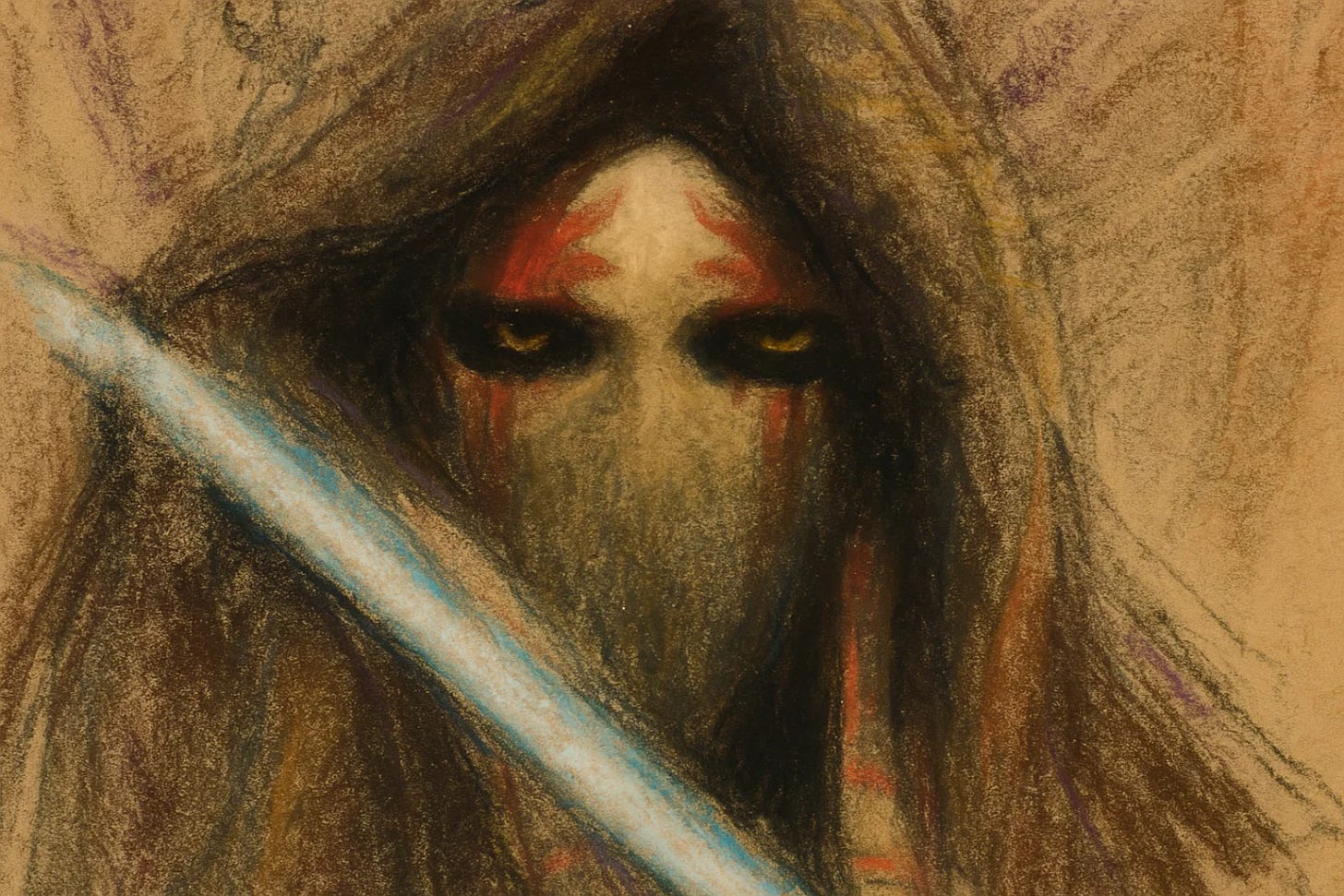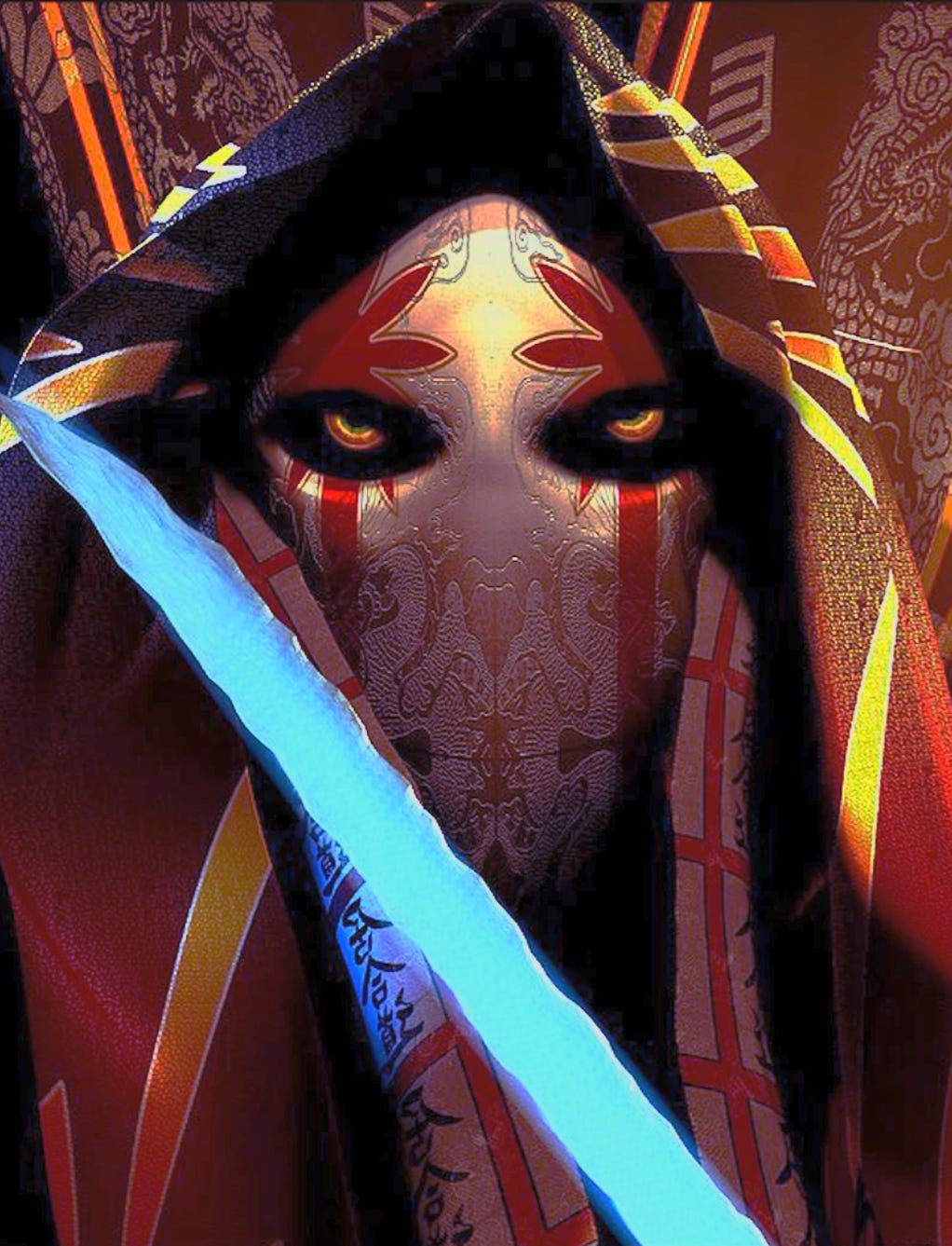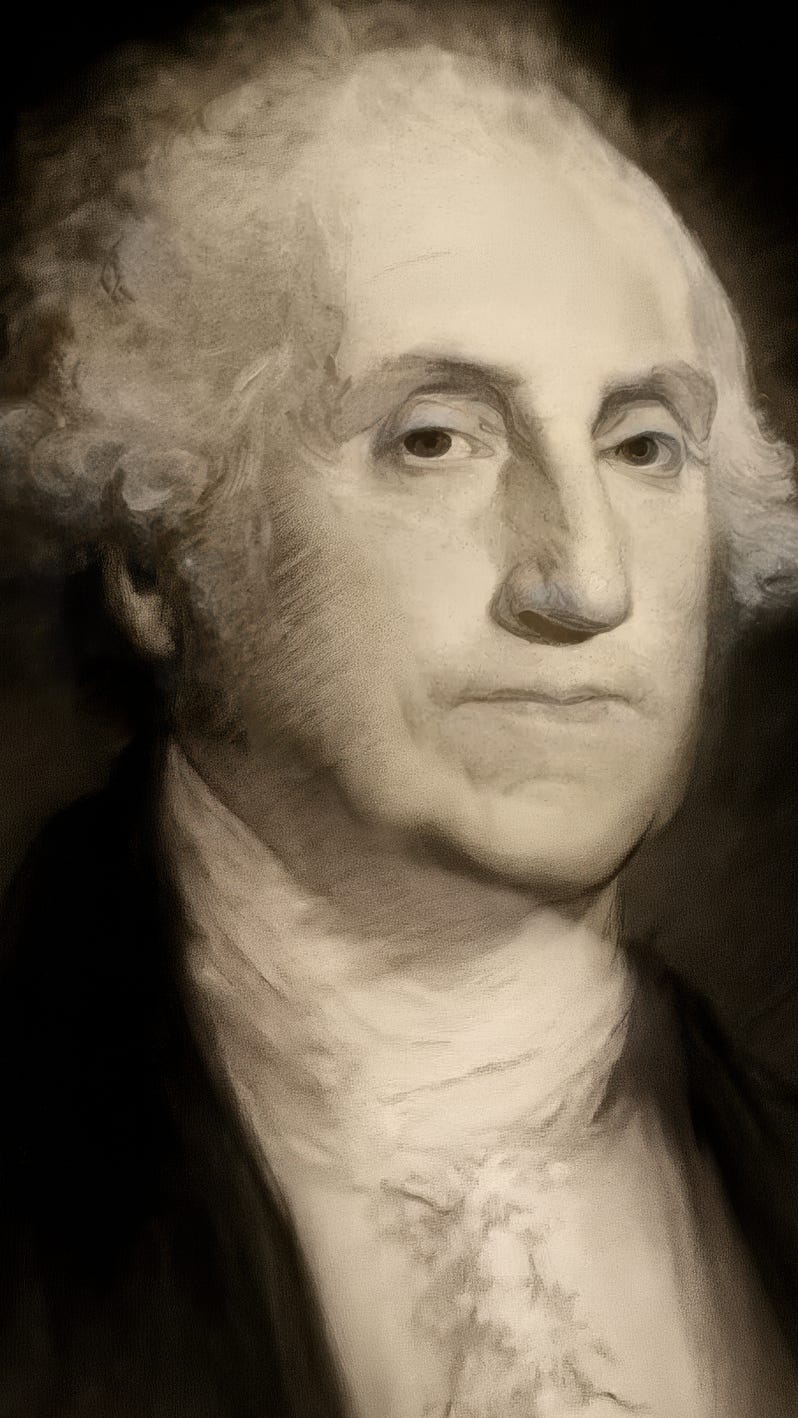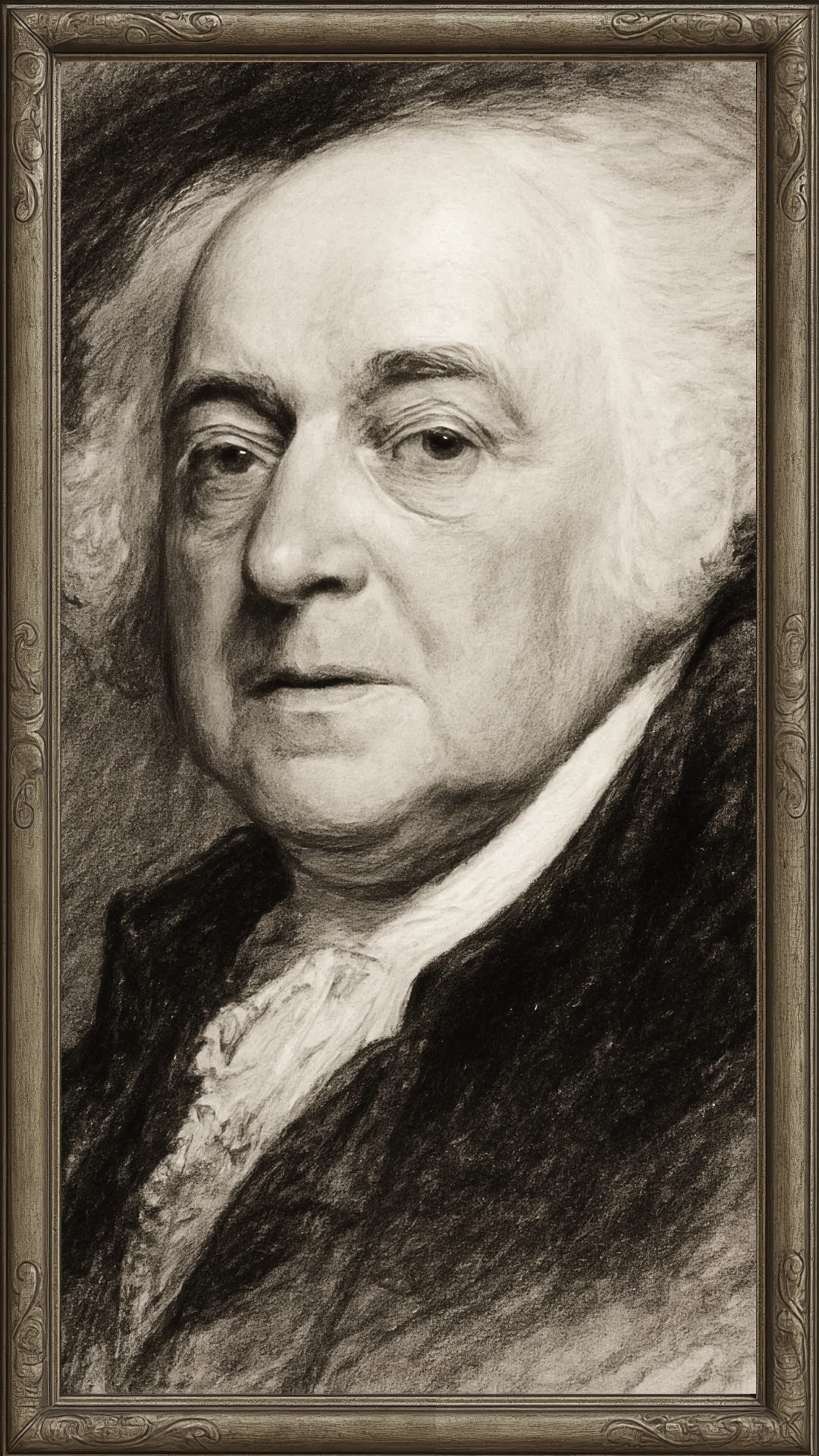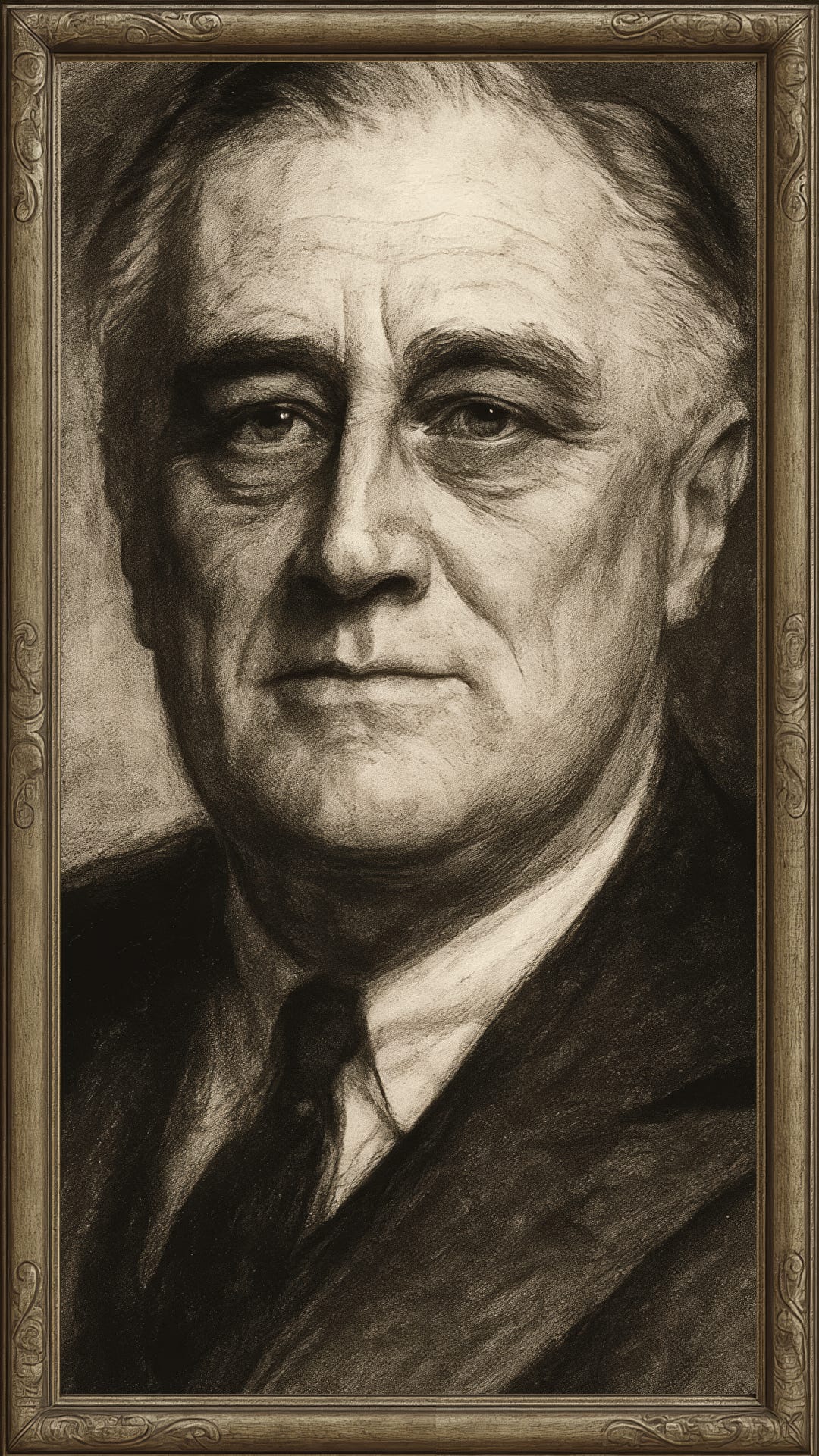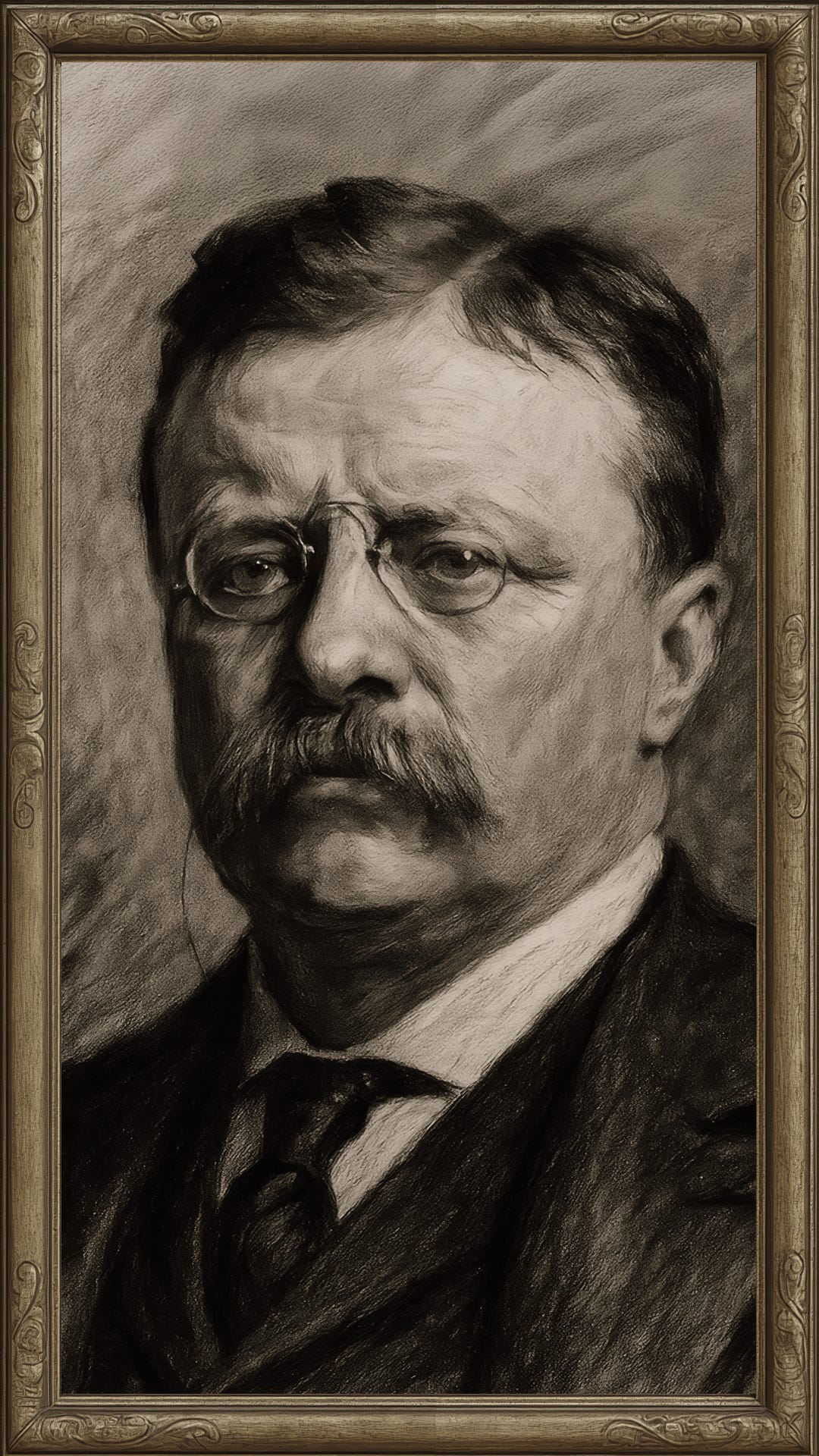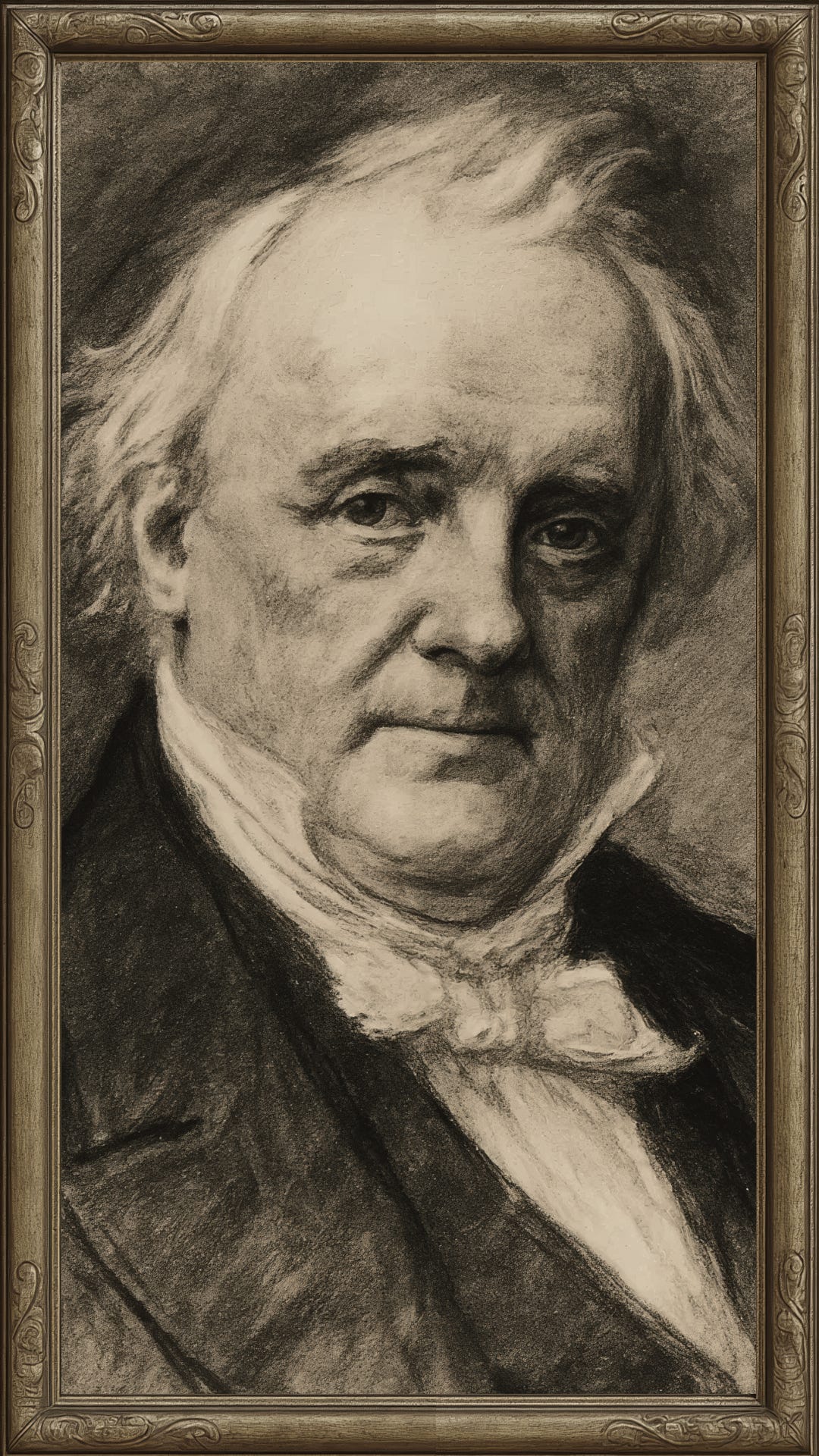In Charcoal and Memory: The Art of Portraits
From church walls in El Salvador to presidential legacies, how charcoal became my timeless medium.
I’ve always loved portraits.
Since my early years—through middle school and later in art school—I’ve always been captivated, almost mystified, by the power of portraits.
I grew up Catholic in Santiago Texacuangos, El Salvador. I named my son after my beautiful town with so many wonderful memories as a child. Like many families back then, my family encouraged me to become an altar boy. I did and spent a lot of time at church, where I found old paintings that sparked my interest in art.
I used to draw Marvel and DC Superheroes on the front of my Trapper-Keeper (IYKYK) to impress my friends. The more I drew, the more I started to analyze the old paintings on the wall in Church that you can see in the picture below. Although the paintings were small, they had that beautiful style of Leonardo or Michelangelo, the Masters.
That’s when art truly captured me. As the days turned into years, I would sit for hours, studying and emulating the delicate shading and the sublime faces inspired by Romanticism and the Renaissance masters of Italy
I studied the shading in Leonardo’s religious works, discovered the elegance of Sargent’s pencil sketches, and drew everything I could on paper—using only a pencil to mimic the rich texture of charcoal, which I couldn’t afford at the time.
I would angle the pencil on its side, using the broad edge to mimic the natural thickness of charcoal—the same technique Sargent often used.
It wouldn’t be until many years later, when I immigrated to the United States that I would purchase my first stick of charcoal for $0.99 cents, and my first giant pad of charcoal paper to begin drawing my first 3D Sketches.
My style was unrefined and rough, but I dreamed of working for Industrial Light & Magic (ILM)—a dream I’m proud to say I eventually achieved. To prepare, I always began with sketches before moving on to the final character models for my first portfolio. Over time, my passion for this process, combined with my love of the raw Catholic art of the Masters, made sketching my specialty. I became fast, deliberate, and deeply connected to the craft.
I never stopped drawing portraits, and over time my skills improved. Even when my French teachers disapproved, I embraced Photoshop—because I believed, just as I do with AI today, that it represented the future of art, whether they liked it or not.
Fast forward to today, I was very excited when the Mr. President team decided to use presidential portraits as the centerpiece of the end-of-game assessment screen. Specifically, the game compares and “grades” your legacy against that of past Presidents: Jefferson, Lincoln, Washington, and so on.
Given my previous work with charcoal, I felt this style was the right fit for portraying presidents. Charcoal carries a timeless quality—whether it’s the shading that creates a sense of the sublime, or the simplicity of black and white, it always feels evocative. For me, nothing captures nostalgia more than a charcoal portrait, which is why I still begin every painting this way.
In our project, we extended this approach to create portraits of Lincoln, Jefferson, Taft, Roosevelt, and both Adams presidents. This allowed us to compare your presidential term within the game against some of the Founding Fathers.
John Adams, the second President of the United States and a leading figure of the American Revolution, was instrumental in advocating independence and helping draft the Declaration of Independence. A principled but sometimes combative statesman, he prioritized building strong institutions over popularity. His presidency (1797–1801) was marked by tensions with France, the controversial Alien and Sedition Acts, and his commitment to avoiding war. Though often overshadowed by Washington and Jefferson, Adams is remembered as a devoted patriot whose vision helped solidify the young republic.
Franklin D. Roosevelt, the 32nd President, led the nation through two of its greatest crises: the Great Depression and World War II. Elected to four terms, he launched the New Deal, a sweeping set of programs to stabilize the economy, create jobs, and provide social safety nets. His leadership style combined optimism, communication skill, and pragmatic experimentation. During WWII, he built alliances, mobilized the U.S. economy for war, and helped lay the groundwork for the postwar international order. FDR’s legacy endures as one of resilience, reform, and transformational leadership.
Teddy Roosevelt, the 26th President, embodied energy, reform, and robust leadership. A driving force of the Progressive Era, he championed trust-busting, conservation, and expanded the role of the federal government in regulating industry. Internationally, he strengthened America’s naval power, built the Panama Canal, and won the Nobel Peace Prize for mediating the Russo-Japanese War. Famous for his “speak softly and carry a big stick” diplomacy and love of the outdoors, Roosevelt reshaped the presidency into a more dynamic, activist office.
James Buchanan, the 15th President, is widely regarded as one of the weakest occupants of the office due to his failure to address the mounting sectional crisis over slavery. Serving from 1857 to 1861, he believed the Constitution left him powerless to act against secession, which allowed tensions between North and South to spiral unchecked. Though experienced as a diplomat and statesman, his indecisiveness and passivity in the face of national division left the Union on the brink of collapse when he handed power to Abraham Lincoln.
The paintings are created by hand on my Wacom tablet in Photoshop, with shading guided entirely by me. I use a custom AI model that I personally trained in my own charcoal drawing style (via a LorA), which runs locally on my 5090 GPU. The process is fully hands-on: I begin the sketch, direct the model on where to apply shading, and refine everything manually. Once the artwork is complete, I upscale it using either ComfyUI or Topaz Gigapixel for the final finish.
Time passes, tools change - but the painter, stays the same.
Until then: Go paint some color into the world.
- Joshua Balcaceres


